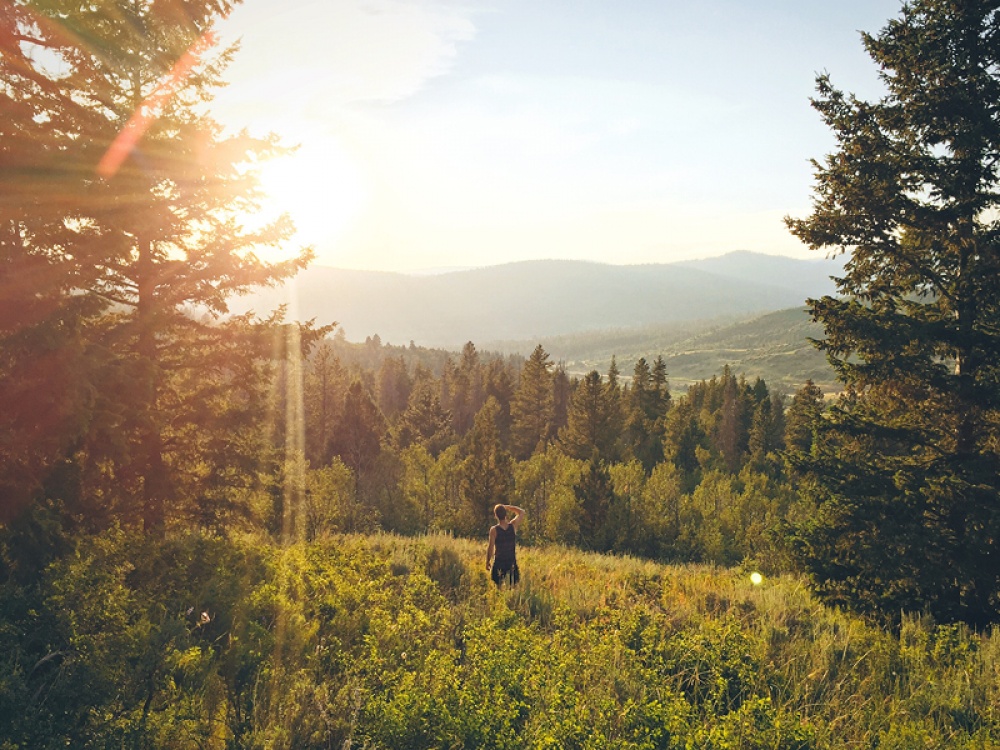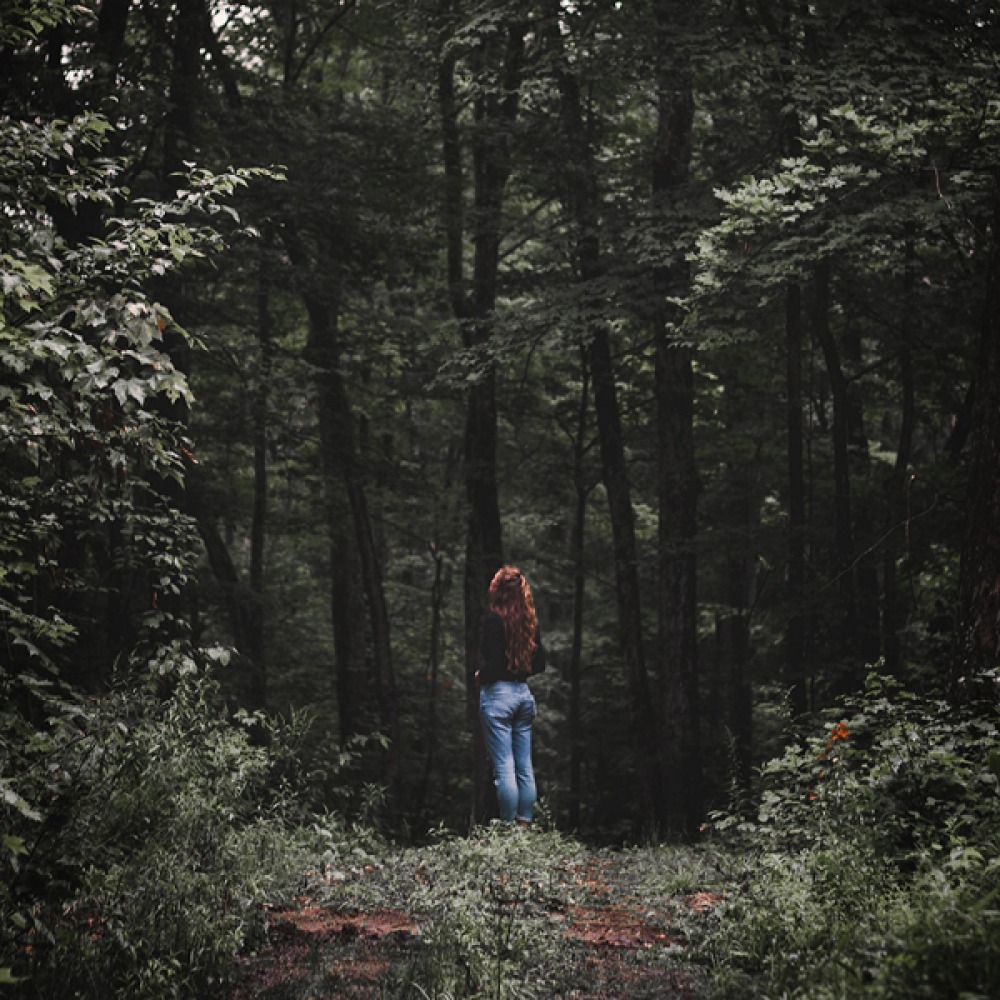The Amazing Health Benefits of Woodland Walks and Why We Should all Spend Time in Nature

Japanese-style forest bathing has become a thing recently, but a simple woodland walk will also help calm our nerves, soothe our souls and lift our spirits. We root out the reasons why we should all take to the woods
By breathing in the phytoncides and surrounding ourselves with the sounds of the woodland, our nervous system responds by switching off our fight or flight response, instead reverting to our rest and digest mode, swapping the stress hormones cortisol and adrenaline for happy hormones such as oxytocin and serotonin. As a result our breathing naturally slows, our heart rate lowers and our anxiety lessens.
Early research also shows a beneficial link between trees and dementia, and it seems that the potential for wooded areas to have positive impact on the early stages of dementia is huge. A programme delivered by Forestry Commission Scotland showed participants to have positive reactions including an improved sense of freedom, meaning and identity and helped with social interaction and connection in a sensory space.
The concept of ‘biophilia’, from the Greek meaning ‘love of life and the living world’, was first made popular by the American biologist EO Wilson in 1984. He believed that, since we evolved in nature, we have a biological need to connect with it. We love nature because we learned to love the things that helped us to survive. We feel comfortable in nature because that is where we have lived for most of our time on earth. In other words, we are genetically determined to love the natural world: it is in our DNA.
Read More: Our Columnist, Dr Maurice Duffy Explains the Importance of Adding Self-Care to Our Routine

In 1984 Roger S Ulrich published his study entitled ‘View Through A Window’ where he examined records on the recovery of patients in a suburban hospital and found that those assigned to rooms with a window looking out over trees or nature had shorter post-operative stays, had fewer negative evaluations in their notes, and took fewer painkillers than patients who merely looked out onto concrete.

Read More: The Lesser-Known Benefits of Yoga
Since his pioneering study, researchers all over the world have used a variety of designs and methodologies to investigate the impact of nature on human health. Studies have been both lab-based and field-based, and scientists have collected data through questionnaires, and physiological measures such as heart rate, blood pressure, cortisol levels and skin conductance. More recently, scientists have been investigating natural killer (NK) cells in the blood, which, as part of our immune system will attack cells infected with a given virus, and appear to increase in number after spending time in nature. Interestingly, this growing body of research led the government, in its 25 Year Environment Plan (2018) to highlight that: ‘Spending time in the natural environment – as a resident or visitor – improves our mental health and feelings of wellbeing. It can reduce stress, fatigue, anxiety and depression. It can help boost immune systems, encourage physical activity and may reduce the risk of chronic diseases such as asthma. It can combat loneliness and binds communities together.’
With the health and wellness correlation between us and the trees, and nature as a whole, becoming common knowledge, the growing recognition of the therapeutic impact of trees has led to the increased popularity of Shinrin-yoku (the Japanese practice of consciously immersing yourself in the smells and sounds of woodland), otherwise known as forest bathing. The literal translation of Shinrin-yoku is ‘forest bath’ and it involves slowing down, spending time and actively connecting with your surroundings by engaging all five senses. Smell the air and the richly damp soil, listen to the wind as it ruffles the leaves on the trees, appreciate the intricacy of the branches as they form a canopy above you and you notice the dappled light peeking through, touch the damp moss, the soft soil underfoot and gnarled bark as you pass, feel the still air and the warmth of the sun as it breaks through the branches and taste the air, kept moist by the woodland, and even more noticeable after a rain shower.
Read More: Top Tips On How to Help Your Hay Fever
Even if you can’t immerse yourself in woodland, the health benefits of walking in your local park, down tree-lined streets, listening to birdsong and simply stopping to appreciate nature are also immeasurable. The Princess of Wales is a fan of forest bathing. The Royal Society for the Protection of Birds runs a series of forest bathing events and Forestry England, which manages public woodland, has endorsed the practice as a way of regaining balance and escaping the pressures of everyday life. The Japanese government have even incorporated Shinrin-yoku into the country’s health programme as a preventative measure.
Sceptics might think they have been walking in the woods forever, and of course people have taken walks among trees for centuries the world over, but this is not your regular stomp with the dog, taking pictures of your progress and talking to your companions. You need to be walking aimlessly, and slowly, in silence and without a pre-determined route, stopping regularly to simply absorb your surroundings. Ideally you’d forest bathe for several hours, but anything upwards of 20 minutes is proven to have a beneficial effect. Stuck in the city? Head to your local park. Stop, look and listen. Take off your shoes and feel the grass beneath your feet. And then say you don’t feel calmer already…







